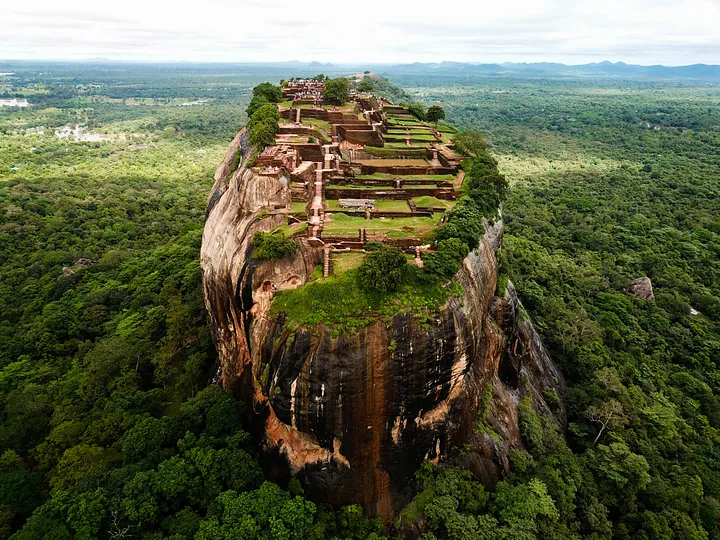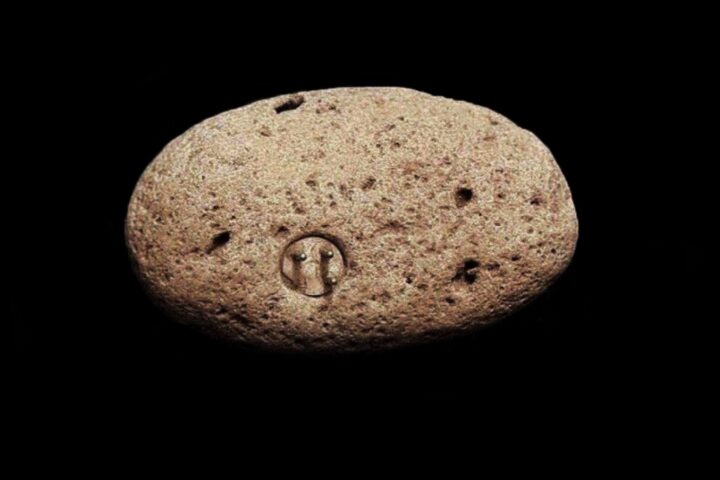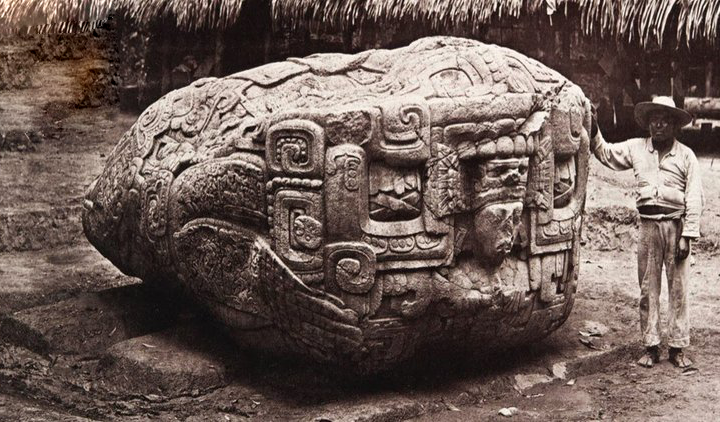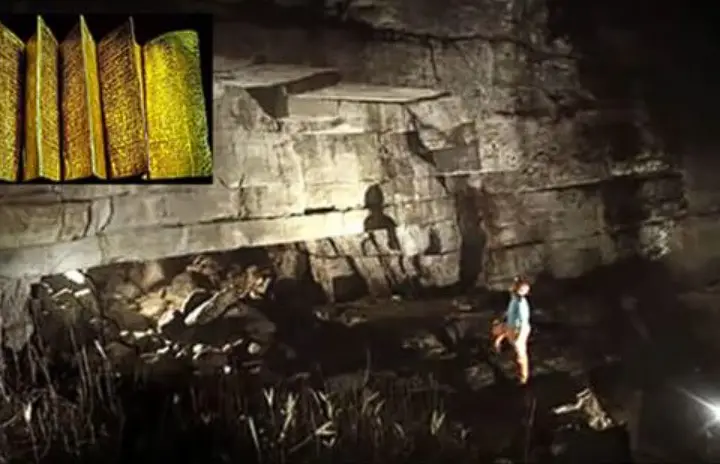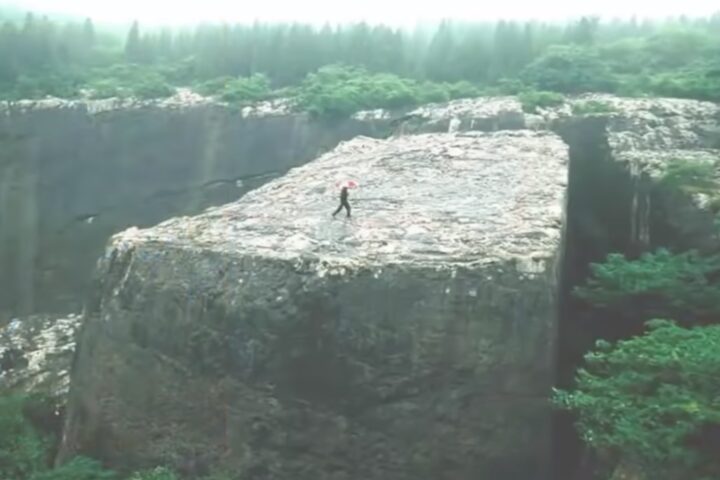Introduction: Sigiriya, often referred to as the eighth wonder of the world, stands majestically atop a 200-meter high geological formation in Sri Lanka. This ancient rock fortress, a blend of natural and architectural marvel, is a testament to the creative genius of the ancient builders who aspired to reach the heavens.
The Grandeur of Sigiriya: Dating back to the 5th century AD, Sigiriya, or Lion Rock, is renowned for its sophisticated layout, elaborate frescoes, and the impressive Lion’s Gate. It is a striking example of ancient urban planning, combining fortifications, gardens, and a palace complex.
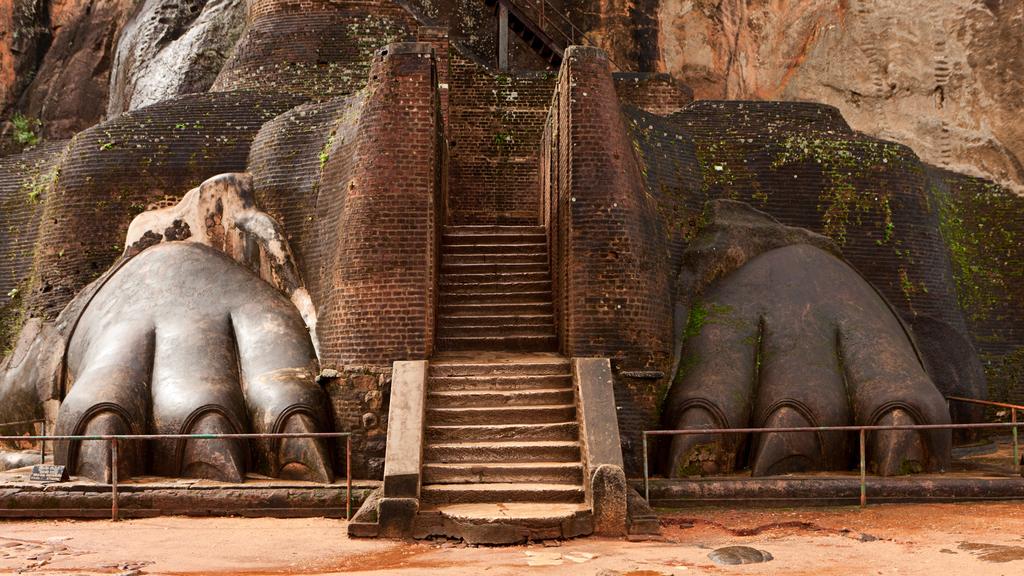
Historical Significance: Sigiriya holds a prominent place in Sri Lankan history. It was built by King Kasyapa as both a royal palace and a fortress, reflecting the period’s architectural and artistic prowess.
Architectural Marvel: Sigiriya’s architecture, especially its mirror wall and frescoes, displays a high degree of artistic achievement. The site also features advanced hydraulic systems, highlighting the ancient builders’ understanding of water management.
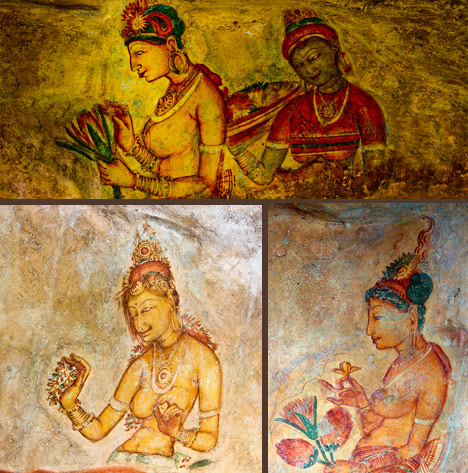
The Ascent to the Heavens: The climb to the top of Sigiriya offers breathtaking views and a journey through the site’s rich history. Each step brings visitors closer to understanding the grand vision behind this architectural masterpiece.
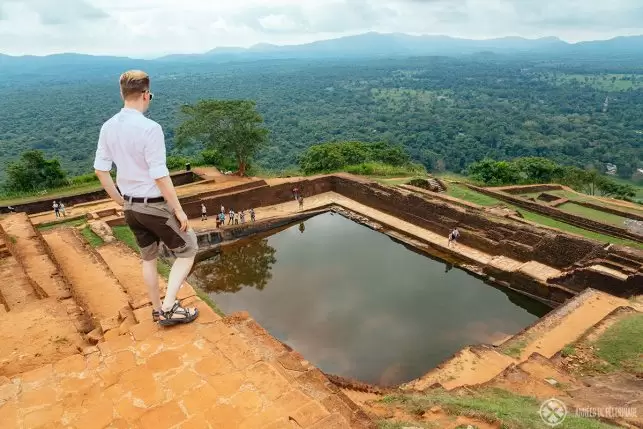
Conclusion: Sigiriya continues to captivate scholars and tourists alike, standing as a proud symbol of Sri Lanka’s rich cultural heritage. Its unique fusion of nature and architecture serves as an enduring legacy of ancient innovation and grandeur.

